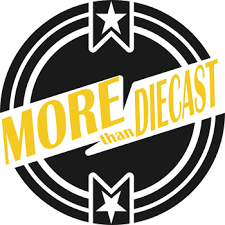DIVIDING HALL WPS 37
Description
Faced with the prospect of machining a gear or gears for a project, many model engineers will be discouraged and will turn elsewhere for their next model. This need not be so, for the principles underlying gear cutting and many other aspects of engineering where an accurate division of circles is required are explained in depth in this book.
Radial work on a metalworking lathe, such as the cutting of gearwheels or the drilling of holes on a set radius, calls for a method of precisely spacing the cuts. This skill is known as Dividing. The principles underlying this aspect of engineering are explained in depth in this book. It covers the subject of Dividing, dealing with the many methods that can be adopted: from simple applications without specialised equipment to the use of a semi-universal dividing head and a rotary table.
The mathematical aspects of dividing are also covered but at a level that will be understood easily by a model engineer. Dividing equipment is relatively expensive, so two fully-detailed designs are included for dividing heads: a basic unit and the equivalent of a commercial semi-universal head.
Contents: An Introduction to Dividing; The Machinery; The Methods; The Mathematics; Holes on a Pitch Circle Diameter; Shop-Made Simple Dividing Devices; Shop-Made Basic Dividing Head; Shop-Made Full Function Dividing Head; Shop-Made Lining Tool; Prime Numbers; Tables.
Harold Hall was for a number of years the editor of Model Engineers’ Workshop magazine and through its pages, he established himself as a mentor to tyro model engineers worldwide. He is the author of seven books in the indispensable Workshop Practice Series and lives in the Hertfordshire countryside.
Harold commenced an industrial apprenticeship in 1950 at the age of sixteen and worked as an electrical control systems engineer for thirty-five years before becoming editor of Model Engineer’s Workshop magazine in 1991. Following retirement in 1995, he has continued to contribute metalworking articles to almost every issue of the magazine published since then. His crafting hobbies extend beyond model engineering to cabinet making, modelling, marquetry and pencil sketching.
Published by Special Interest Model Books in 2006
Specification:
210 x 148 mm
104 pages
63 black and white photographs
80 scale plans & line drawings
17 tables of data
Paperback













